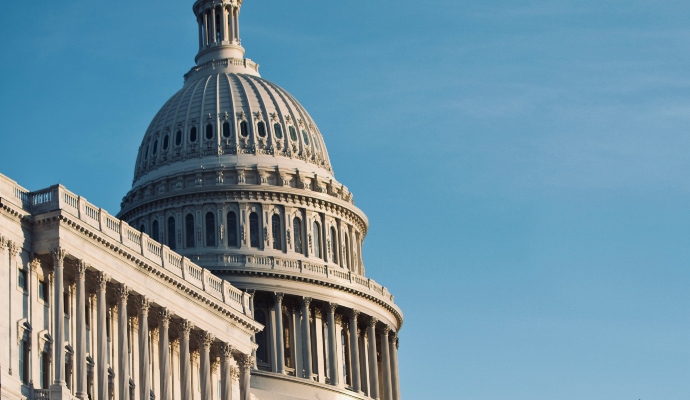Stakeholders Urge Senators to Avert ‘Fast and Slow’ Death of Telehealth
In a Senate subcommittee hearing, healthcare stakeholders doubled down on the critical need to make permanent pandemic-era telehealth flexibilities.

Source: Getty Images
- Earlier this week, a United States Senate subcommittee heard testimonials from a group of healthcare leaders on the importance of making permanent regulatory flexibilities supporting expanded telehealth access, setting the stage for highly anticipated telehealth policy updates in 2024.
Conducted on November 14, the hearing was convened by the Senate Committee on Finance’s Subcommittee on Health Care. Sens. Benjamin L. Cardin (D-MD) and Ron Wyden (D-OR), chairs of the subcommittee, and Steve Daines (R-MT) and Mike Crapo (R-ID), ranking members of the subcommittee, attended the hearing, among others.
Kicking off the hearing, Cardin stated that both healthcare providers and patients need to know if telehealth flexibilities enacted during the COVID-19 pandemic will be made permanent well before their current expiration date of December 31, 2024.
Wyden added that the testimonies of the healthcare leaders at the hearing will help Congress make an informed decision about the future of telehealth.
The leaders unanimously urged lawmakers to make permanent many of the waivers and flexibilities that supported the staggering rise of telehealth adoption and use across the US during the pandemic.
Chad Ellimoottil, MD, associate professor of urology and medical director of virtual care at the University of Michigan, said that Congress and the Centers for Medicare and Medicaid Services (CMS) must act soon to prevent the “fast and slow” death of telehealth.
“The fast death of telehealth could happen if the originating site and geographic restrictions are reinstated,” he said in his testimony. “If that were to occur, there's no doubt that we could revert to the pre-pandemic levels of telehealth usage, where fewer than 1 percent of healthcare providers and patients were utilizing telehealth services. The slow death of telehealth may occur when patients and providers become increasingly frustrated by regulations and unexpected bills and ultimately stop using telehealth.”
Ellimoottil was joined by Ateev Mehrotra, MD, professor of health policy and medicine at Harvard Medical School, Nicki Perisho, RN, program director at the Northwest Regional Telehealth Resource Center, and Eric Wallace, MD, professor of medicine in the nephrology division at the University of Alabama at Birmingham (UAB) Health System and medical director of the UAB Health System telehealth program.
Some of the flexibilities that the leaders said must be made permanent are:
- Eliminating geographical requirements for originating sites for telehealth services.
- Preserving coverage of audio-only telehealth visits.
- Expanding the types of healthcare providers that can offer telehealth services.
- Allowing telehealth prescriptions of controlled substances that are not scheduled II medications.
- Instituting a narrow exception to state licensure that enables physicians to provide telehealth across state lines if they have an established prior relationship with a patient and are licensed in good standing in their home state.
There were some differing views on payment parity, however. Perisho, Wallace, and Ellimoottil argued that Congress should solidify payment parity, ensuring that telehealth visit payments are on par with in-person care reimbursement.
“Should the reimbursement drop below parity, given the ongoing costs, providers will be unable to provide telehealth visits, which will be a great disservice to patients who now rely on technology as a lifeline to good care,” Wallace said.
But Mehrotra disagreed, stating, “Paying the same amount for telehealth visits will give virtual-only companies a competitive advantage. It will also incentivize brick-and-mortar clinicians to give up their practice. We find that roughly 5 percent of mental health specialists have given up their physical office and gone ‘virtual only.’”
Further, Mehrotra urged Congress to make decisions on future telehealth policy based on three principles: encouraging high-value telehealth applications, avoiding on-size-fits-all policies, and reducing administrative burden for clinicians and patients.
The subcommittee members questioned the witnesses further regarding the risk of waiting until the end of next year to decide whether these flexibilities will be made permanent.
Ellimoottil noted that the uncertainty around telehealth policy is hindering strategic planning at healthcare provider organizations as it is unclear if investments in telehealth should continue.
“The other thing is, what will we be waiting for?” he said. “There have been thousands of studies completed since the beginning of 2020, and the message is quite clear…There is no runaway healthcare spending, quality of care is not being compromised, [and] there is an improvement in access.”
